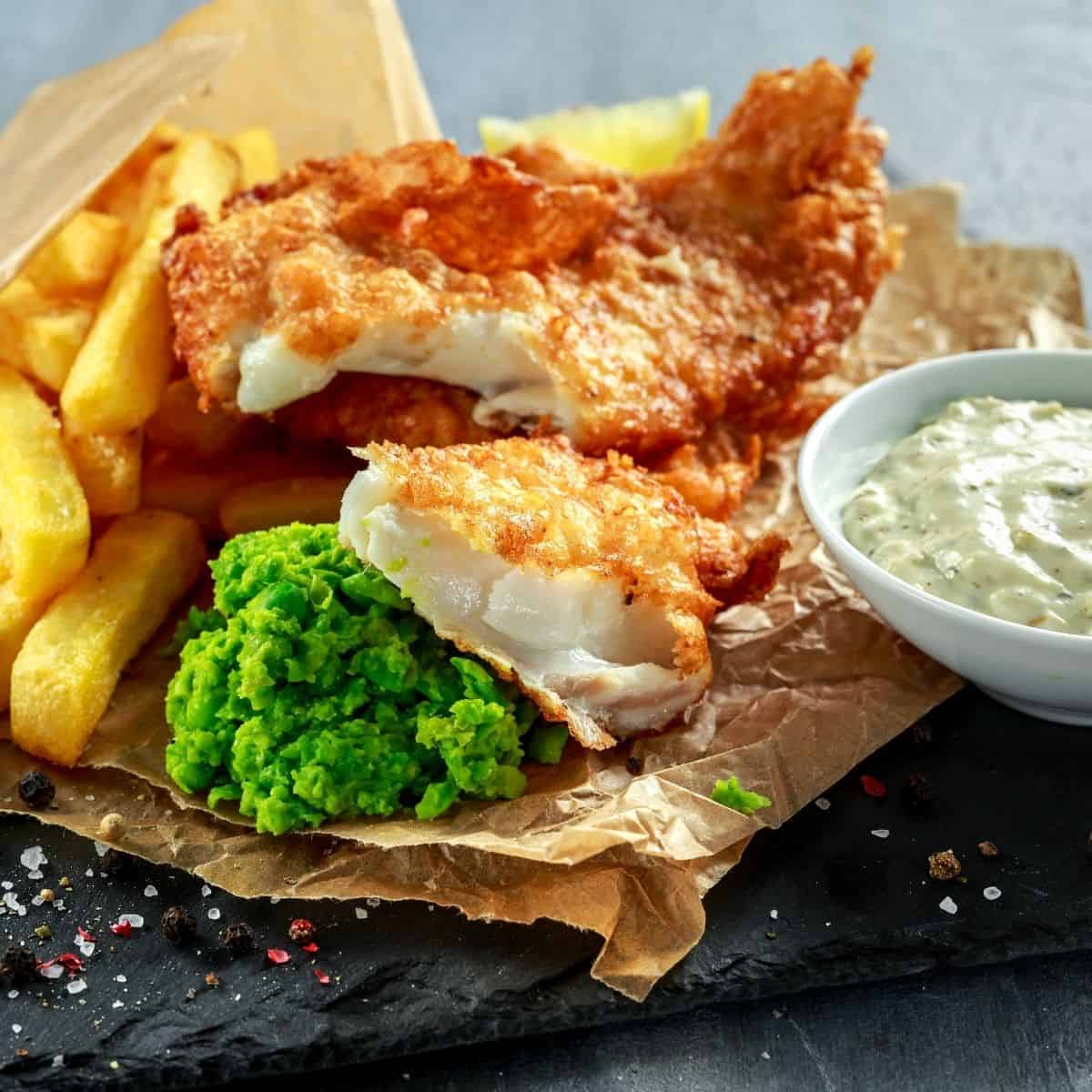

Articles
How To Store Leftover Fried Fish
Modified: May 6, 2024
Learn how to store leftover fried fish and keep it fresh for longer with these helpful tips and tricks. Find out the best methods for preserving the delicious flavors of your favorite seafood dish.
(Many of the links in this article redirect to a specific reviewed product. Your purchase of these products through affiliate links helps to generate commission for Storables.com, at no extra cost. Learn more)
Introduction
Leftover fried fish can be a delicious treat, but storing it properly is essential to maintain its taste and texture. Whether you want to enjoy it the next day or save it for later, taking the right steps will ensure that your leftover fried fish remains fresh and appetizing.
In this article, we will guide you through the process of storing leftover fried fish to help you preserve its quality and flavor. From choosing the right container to reheating techniques, we’ve got you covered. So, let’s dive in and discover how to properly store leftover fried fish!
Key Takeaways:
- Properly storing leftover fried fish is crucial for maintaining its taste and texture. Choose the right container, remove batter if desired, and refrigerate or freeze at the correct temperature to preserve its quality.
- Reheating leftover fried fish using methods like oven baking, air frying, or pan-frying helps restore its crispy texture. Follow proper storage and reheating techniques to enjoy delicious leftover fish without compromising its quality.
Read more: How To Store Leftover Fries
Choosing the Right Container
When it comes to storing leftover fried fish, the choice of container is crucial. You want to select a container that will keep your fish fresh while preventing it from becoming soggy or losing its crispiness. Here are a few options to consider:
- Airtight Containers: Opt for containers with airtight lids to seal in the freshness of your leftover fried fish. These containers prevent air from entering and moisture from escaping, keeping your fish moist inside while preserving its crispy exterior.
- Glass Containers: Glass containers are an excellent choice for storing leftover fried fish. They are non-reactive, which means they won’t alter the taste of the fish, and they are also easy to clean.
- Plastic Bags: If you prefer a more flexible option, you can store your leftover fried fish in plastic bags. Make sure to squeeze out as much air as possible before sealing the bags.
- Aluminum Foil: Another option is to wrap your leftover fried fish tightly in aluminum foil. This method helps retain moisture and prevents the fish from drying out.
Remember to choose a container or wrapping method that fits the size of your leftover fried fish. Avoid using containers that are too large, as it may leave excess air space, which can lead to quicker spoilage.
Additionally, label your container with the date of storage to keep track of its freshness. This will help you in determining how long you can store the fish before it should be consumed.
Removing Batter or Breading
Before storing leftover fried fish, it is important to consider whether you should remove the batter or breading. While this step is not mandatory, it can help maintain the texture and prevent the fish from becoming soggy during storage.
If you choose to remove the batter or breading, follow these steps:
- Cooling: Allow the fried fish to cool down for a few minutes before handling it. This will make it easier to remove the batter without damaging the fish.
- Gently Remove: Use a fork or your fingers to gently remove the batter or breading from the fish. Be careful not to break the fish apart while doing so.
- Separate: Place the batter or breading in a separate container if you plan on using it later. You can use it to coat other food items or as a topping for salads or soups.
If you decide to keep the batter or breading on the fish, it is essential to store it in a way that prevents moisture from accumulating. Ensure that the container you choose allows for proper airflow and prevents condensation from forming, as this can make the batter or breading soggy.
Keep in mind that removing the batter or breading may result in the loss of some flavor and texture. If you prefer to keep it intact, make sure to wrap the fish tightly to minimize moisture exposure and maintain its crispiness.
Ultimately, the decision to remove the batter or breading depends on personal preference and the desired outcome when reheating the leftover fried fish.
Proper Storage Temperature
When it comes to storing leftover fried fish, temperature plays a crucial role in maintaining its quality and preventing the growth of harmful bacteria. It is important to store the fish at the correct temperature to ensure its safety and extend its shelf life.
The recommended storage temperature for leftover fried fish is below 40°F (4°C). This temperature range helps slow down the growth of bacteria and keeps the fish fresh for a longer period. Storing it in the refrigerator is generally the best option for short-term storage.
It is important to note that the refrigerator’s temperature should be set correctly to ensure the fish remains safe to eat. Keep your refrigerator temperature at or below 40°F (4°C) to maintain food safety standards.
If you plan to store leftover fried fish for an extended period, you have the option to freeze it.
Freezing the fish not only helps in extending its shelf life but also maintains the quality of the fish. Freezing slows down the enzymatic activity that can cause the fish to deteriorate over time.
When freezing leftover fried fish, make sure to wrap it properly to prevent freezer burn. You can use airtight containers, freezer bags, or wrap it tightly in aluminum foil. Label the packaging with the date to keep track of how long it has been frozen.
Keep in mind that freezing may alter the texture of the fish slightly, especially if it has batter or breading. However, the taste and overall quality will remain intact.
By storing leftover fried fish at the proper temperature, you can ensure its safety and maintain its flavors and textures, providing you with a tasty meal whenever you’re ready to enjoy it.
Refrigerating Leftover Fried Fish
Refrigerating leftover fried fish is a common method to preserve its freshness and enjoy it within a few days. By following the proper steps, you can ensure that the fish retains its taste and texture until you’re ready to indulge again.
Here’s how to refrigerate leftover fried fish:
- Cool Down: Allow the fried fish to cool down at room temperature for about 20-30 minutes before refrigerating it. This will help prevent condensation and maintain the crispness of the fish.
- Wrap Properly: Wrap the fried fish tightly in plastic wrap or place it in an airtight container. Ensure that there is no exposure to air, as this can lead to moisture accumulation and make the fish lose its crispy texture.
- Store in the Fridge: Place the wrapped or containerized fish in the refrigerator, preferably on a plate or a shallow dish to catch any potential drippings. The temperature in the refrigerator should be set below 40°F (4°C) to maintain food safety standards.
- Consume Within 2-3 Days: Leftover fried fish should be consumed within 2-3 days of refrigeration. Beyond this time, the quality and taste may start to deteriorate. If you have any doubts about its freshness, it’s best to discard it.
When reheating refrigerated leftover fried fish, it’s important to do so properly to ensure that it remains crispy and tasty.
Before reheating, you can lightly brush the fish with a little oil to add moisture and help restore its crispiness. Then, you can use methods such as oven baking, air frying, or even warming it on a stovetop using a frying pan.
Refrigerating leftover fried fish is an excellent way to enjoy it the next day or within a few days while preserving its flavors. Just remember to handle it properly during storage and consume it within the recommended time frame for the best eating experience.
Store leftover fried fish in an airtight container in the refrigerator for up to 3 days. To maintain crispiness, place a paper towel in the container to absorb moisture. Reheat in the oven for best results.
Read more: How To Store Fish While Fishing
Freezing Leftover Fried Fish
If you have more leftover fried fish than you can consume within a few days, freezing is a great option to extend its shelf life and enjoy it at a later time. Freezing helps preserve the flavors and textures of the fish, allowing you to savor its deliciousness whenever you please.
Here’s how to freeze leftover fried fish:
- Cool Down: Allow the fried fish to cool down completely at room temperature before freezing it. This prevents condensation and helps maintain the crispness of the fish during storage.
- Wrap Tightly: Wrap each piece of fried fish individually in plastic wrap or place them in separate airtight containers. For additional protection, you can double wrap the fish or use freezer bags. Make sure to remove as much air as possible from the packaging to prevent freezer burn.
- Label and Date: Label each wrapped or containerized fish with the current date. This will help you keep track of how long it has been frozen and ensure you consume it within the recommended timeframe for best quality.
- Store in the Freezer: Place the wrapped or containerized fish in the coldest part of your freezer. It’s important to maintain a temperature of 0°F (-18°C) or below to properly freeze the fish.
When it comes to thawing and reheating frozen leftover fried fish, it’s crucial to follow proper food safety guidelines:
- Thaw in the Fridge: The safest and recommended method to thaw frozen leftover fried fish is to place it in the refrigerator overnight. This gradual thawing method helps maintain the fish’s quality and minimizes the risk of bacterial growth. Allow the fish to thaw completely before reheating.
- Reheat Properly: To reheat frozen fried fish, you can use a preheated oven or an air fryer. Place the fish on a baking sheet or in the air fryer basket, and cook until it reaches the desired temperature. This process helps restore the crispness of the fish while ensuring it is thoroughly reheated.
Remember, freezing may slightly alter the texture of the fish, particularly if it has a batter or breading. However, when done properly, the taste and overall quality of the fish should remain intact.
By following these steps, you can safely freeze leftover fried fish and enjoy it at your convenience, ensuring that no delicious morsel goes to waste.
Reheating Leftover Fried Fish
Reheating leftover fried fish is a crucial step in bringing back its crispiness and delicious flavors. However, it’s important to reheat it properly to avoid making the fish overly dry or losing its texture. Here are a few effective methods to reheat leftover fried fish:
- Oven: Preheat your oven to around 350°F (175°C). Place the leftover fried fish on a baking sheet lined with parchment paper or foil to prevent sticking. Bake the fish for about 10-15 minutes or until it is heated through and crispy again. This method helps to evenly warm the fish and restore its crunchiness.
- Air Fryer: If you have an air fryer, it can be a fantastic tool to reheat leftover fried fish. Preheat the air fryer to 375°F (190°C). Place the fish in the air fryer basket in a single layer, without overcrowding. Cook it for about 5-7 minutes until it becomes hot and crispy. Make sure to check on the fish occasionally to avoid overcooking.
- Frying Pan: You can also reheat the leftover fried fish in a frying pan. Heat a small amount of oil in the pan over medium heat. Place the fish in the pan and cook for 2-3 minutes on each side until it becomes crispy and heated throughout.
Regardless of the method you choose, it’s important to monitor the reheating process closely to prevent overcooking. Remember that the goal is to bring back the crispy texture while heating the fish evenly.
When serving reheated leftover fried fish, consider adding a squeeze of lemon juice or serving it with tartar sauce, remoulade, or your favorite dipping sauce to complement the flavors of the fish.
It’s worth noting that reheating leftover fried fish should be done within 2-3 days after refrigeration or within a few months if the fish has been properly frozen. Discard any fish that has been left at room temperature for more than 2 hours, as it may no longer be safe to consume.
By using these reheating methods and paying attention to the timing and temperature, you can enjoy the flavors and crispy texture of leftover fried fish just like it was freshly prepared.
Tips for Maintaining Quality
Maintaining the quality of leftover fried fish is essential to ensure it remains delicious and safe to consume. By following these tips, you can preserve the flavors, texture, and overall enjoyment of your leftover fish:
- Quick Cooling: Cool down the fried fish as soon as possible after cooking. Allowing it to sit at room temperature for too long can lead to moisture accumulation and a loss of crispness.
- Proper Packaging: Use airtight containers, plastic wrap, or aluminum foil to tightly wrap the leftover fried fish. This helps prevent moisture from seeping in and keeps the fish from becoming soggy.
- Separate Batter or Breading: If you plan to store the leftover fish for an extended period, it is best to separate the batter or breading from the fish. This prevents the coating from getting damp and losing its crispness.
- Label and Date: Always label your containers or wrapped fish with the date of storage to keep track of its freshness. This allows you to prioritize consuming the older leftovers first.
- Proper Storage Temperature: Store leftover fried fish in the refrigerator at a temperature below 40°F (4°C). If you are freezing the fish, ensure that your freezer maintains a temperature of 0°F (-18°C) or lower. These temperature ranges help prevent bacterial growth and maintain the quality of the fish.
- Thaw Properly: When thawing frozen leftover fried fish, do so in the refrigerator overnight. This gradual thawing process helps maintain the texture and flavor of the fish. Avoid thawing at room temperature, as it can promote bacterial growth.
- Reheat with Care: When reheating leftover fried fish, use methods like oven baking, air frying, or pan-frying to restore its crispiness. Avoid using a microwave, as it can make the fish lose its texture and become rubbery.
Remember that leftover fried fish should be consumed within a few days if refrigerated or within a few months if frozen. Beyond these timeframes, the quality may deteriorate, and it is best to discard the leftovers.
By following these tips, you can maintain the quality of your leftover fried fish and enjoy it as if it were freshly prepared. With proper storage and reheating techniques, your leftovers will taste just as delicious as the first serving!
Conclusion
Properly storing leftover fried fish is essential to maintain its taste, texture, and overall quality. By following the guidelines outlined in this article, you can enjoy your leftover fried fish without compromising its freshness or flavor.
Choosing the right container, removing batter or breading if desired, and storing the fish at the proper temperature are vital steps in preserving its quality. Refrigerating leftover fried fish allows you to enjoy it within a few days, while freezing extends its shelf life for future use.
When it’s time to reheat the leftovers, using methods like oven baking, air frying, or pan-frying helps maintain the crispy texture that makes fried fish so delightful. Properly reheating the fish ensures a tasty and enjoyable eating experience.
Additionally, implementing tips for maintaining quality, such as quick cooling, proper packaging, and labeling, can further enhance the longevity and enjoyment of your leftover fried fish.
Remember to always practice food safety guidelines and consume the leftover fish within the recommended timeframes. Discard any fish that has been left at room temperature for too long or shows signs of spoilage.
With these tips and techniques in mind, you can avoid wastage and make the most of your leftover fried fish. So, the next time you have some delicious fried fish to spare, store it properly, reheat it with care, and enjoy every scrumptious bite!
Now that you've mastered storing your leftover fried fish, why not step up your game by organizing your kitchen essentials? If you're curious about keeping all sorts of food items fresh, our guide on the best food storage solutions will surely come in handy. And, when you're ready to enjoy that crispy fish again, check out our quick tips on reheating fish in an air fryer to ensure it's just as tasty as when it was first served.
Frequently Asked Questions about How To Store Leftover Fried Fish
Was this page helpful?
At Storables.com, we guarantee accurate and reliable information. Our content, validated by Expert Board Contributors, is crafted following stringent Editorial Policies. We're committed to providing you with well-researched, expert-backed insights for all your informational needs.


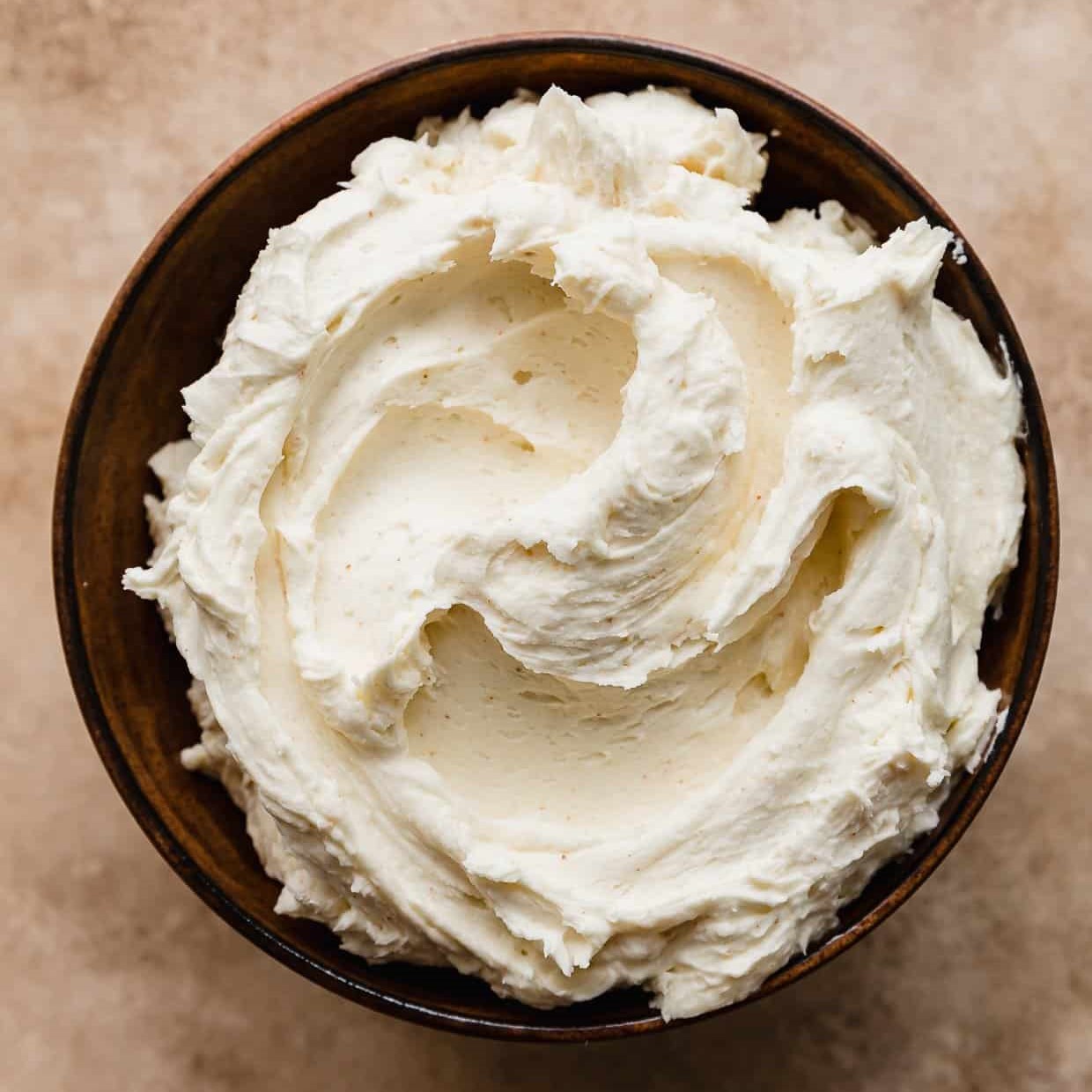



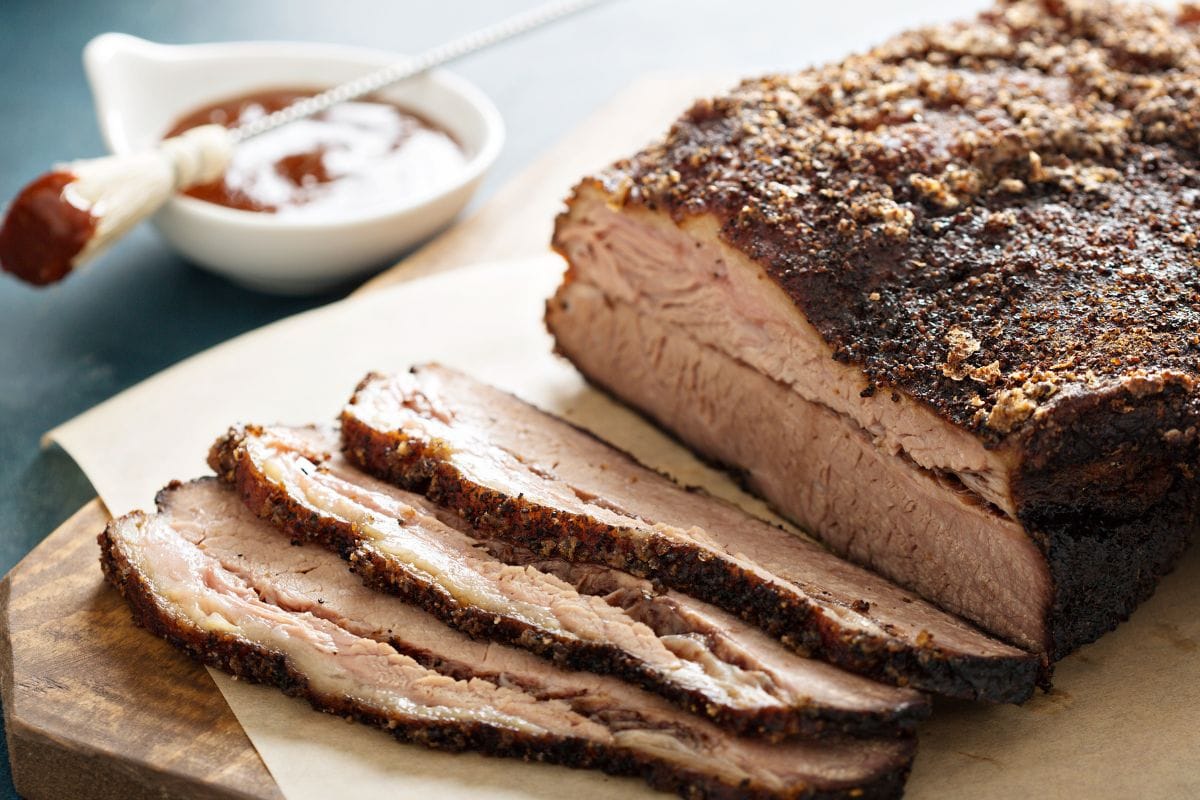
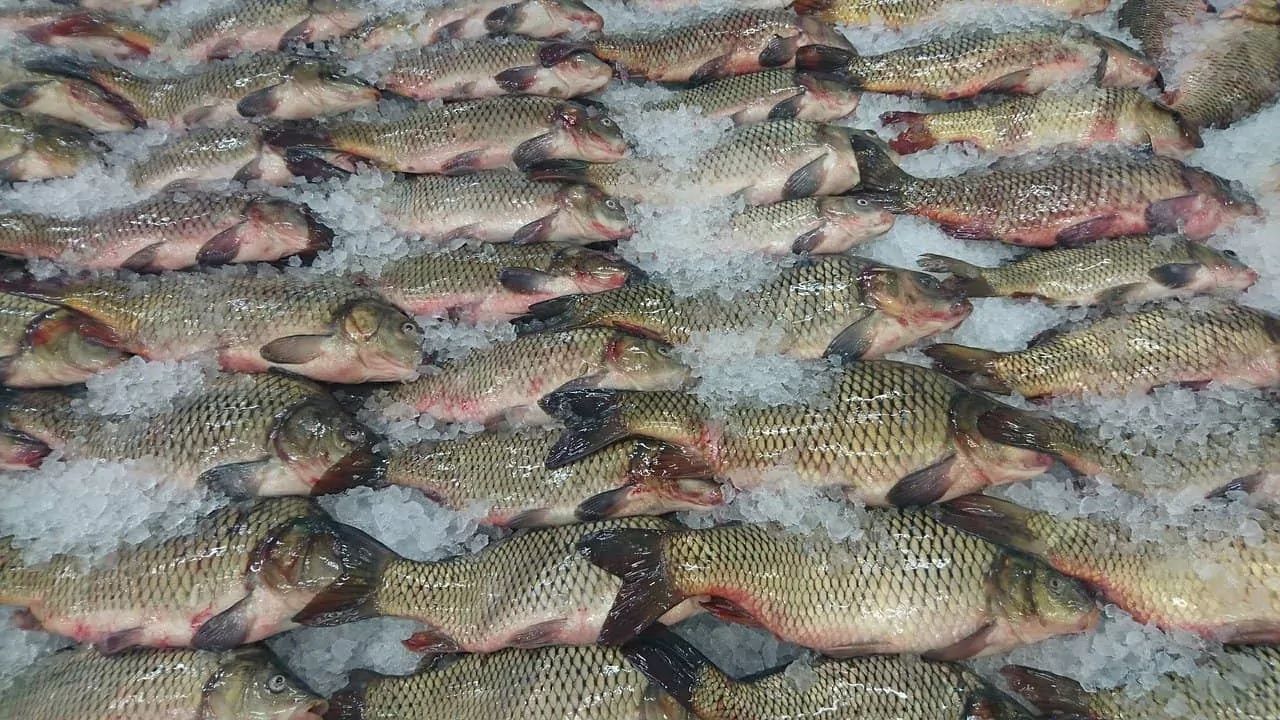
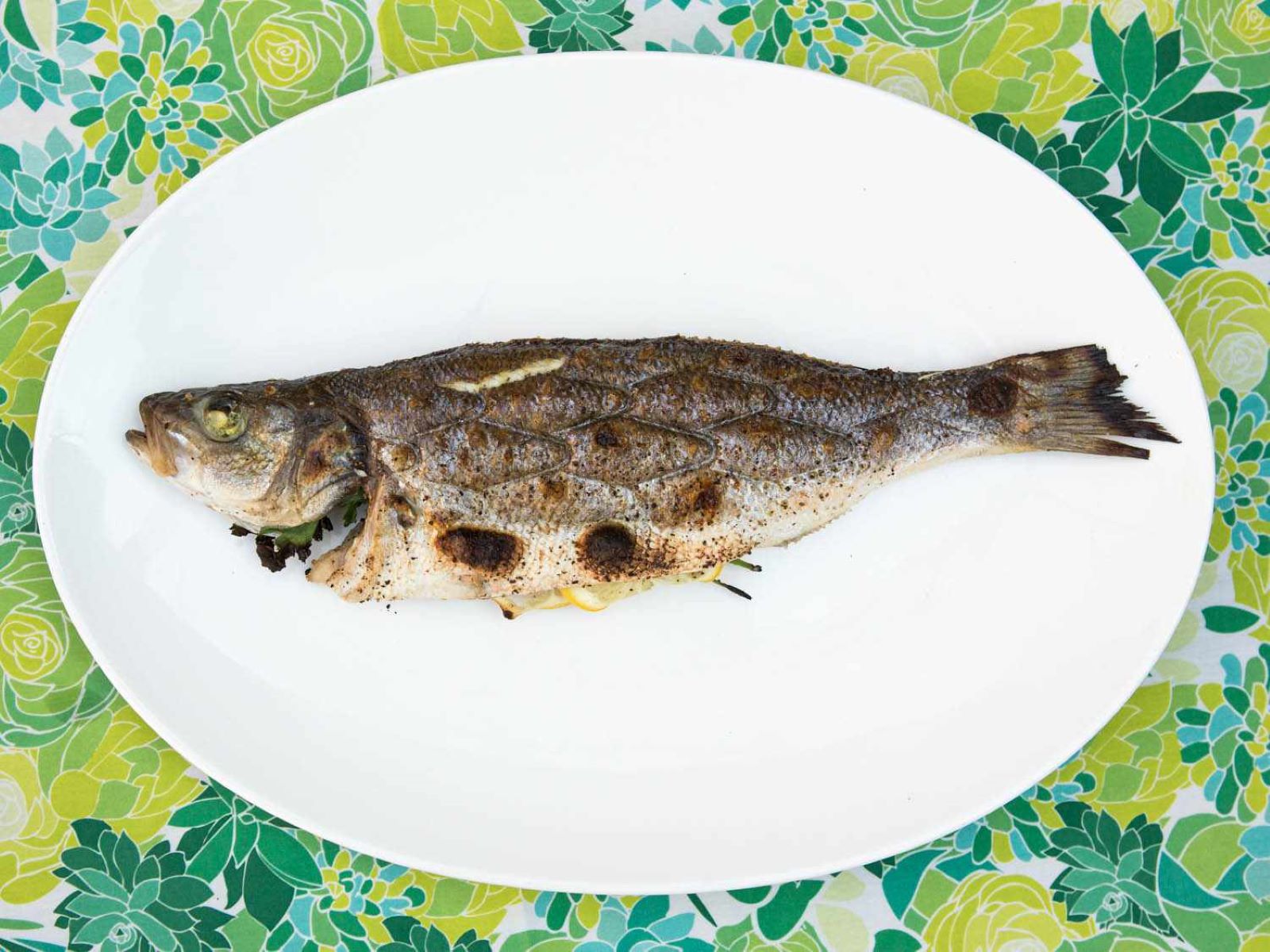

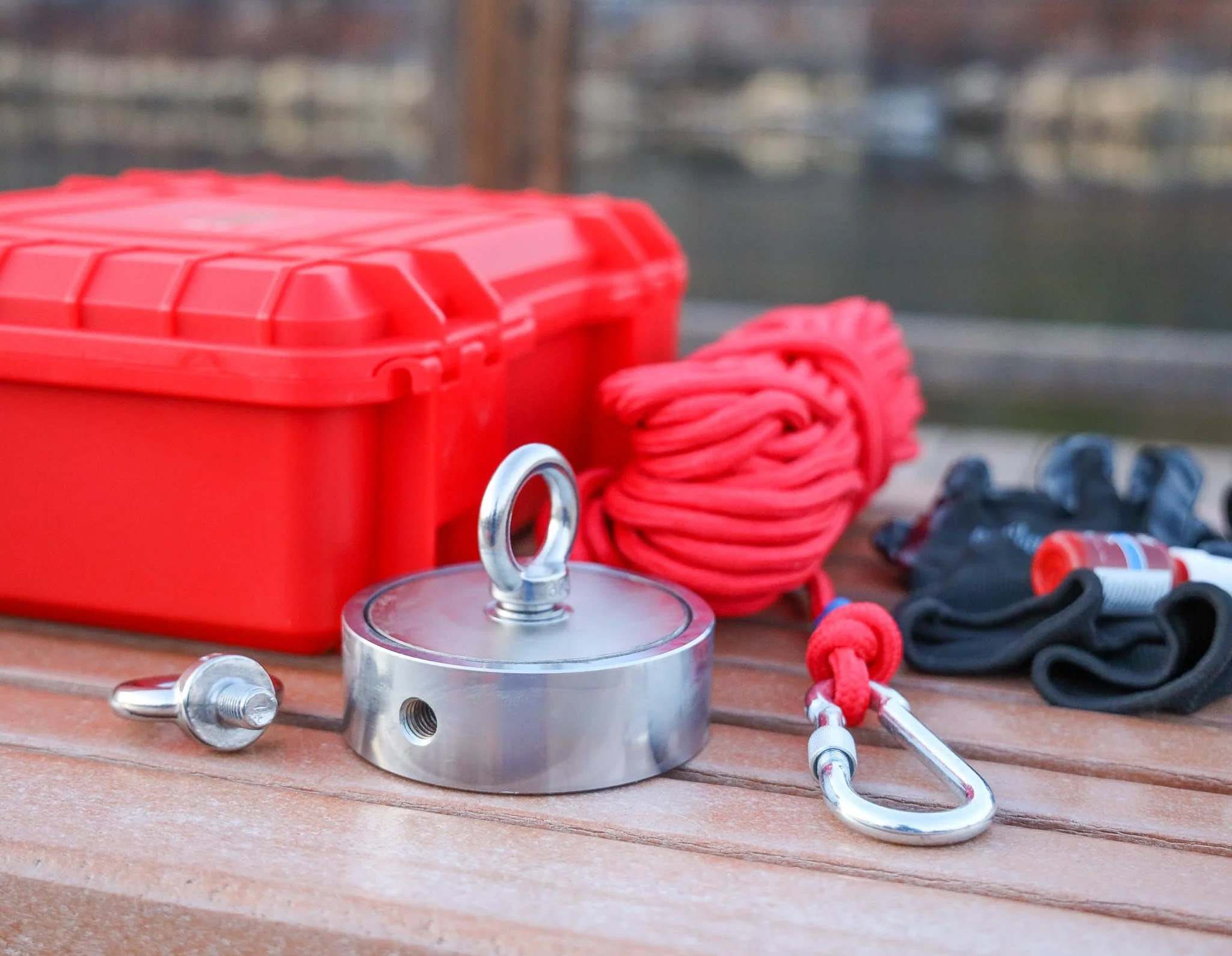

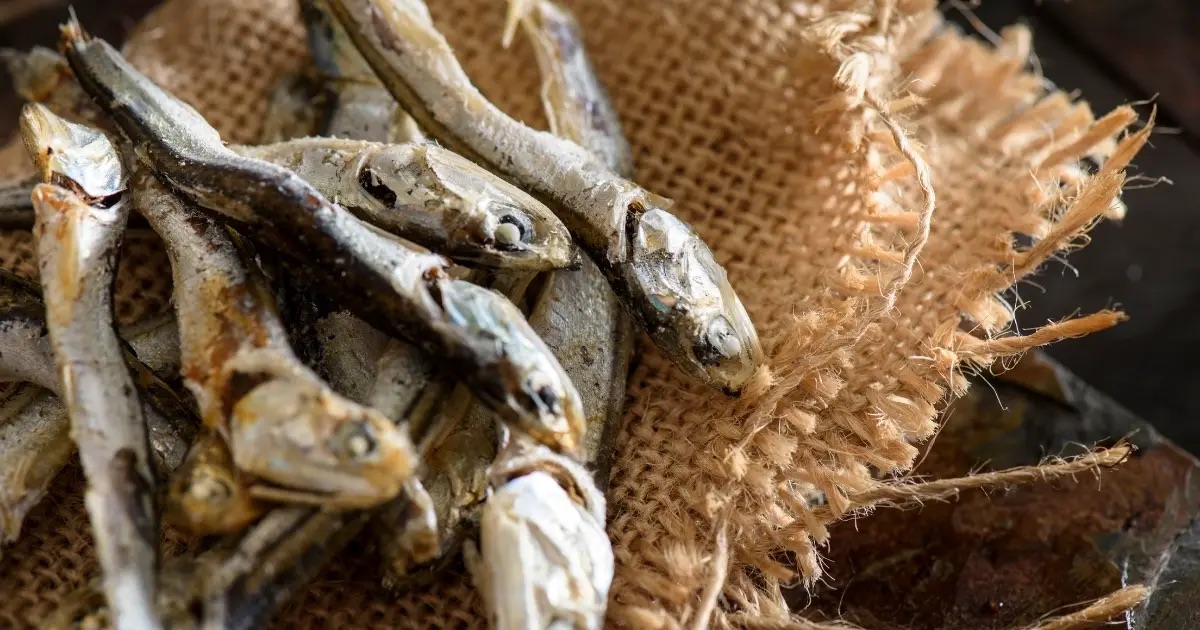
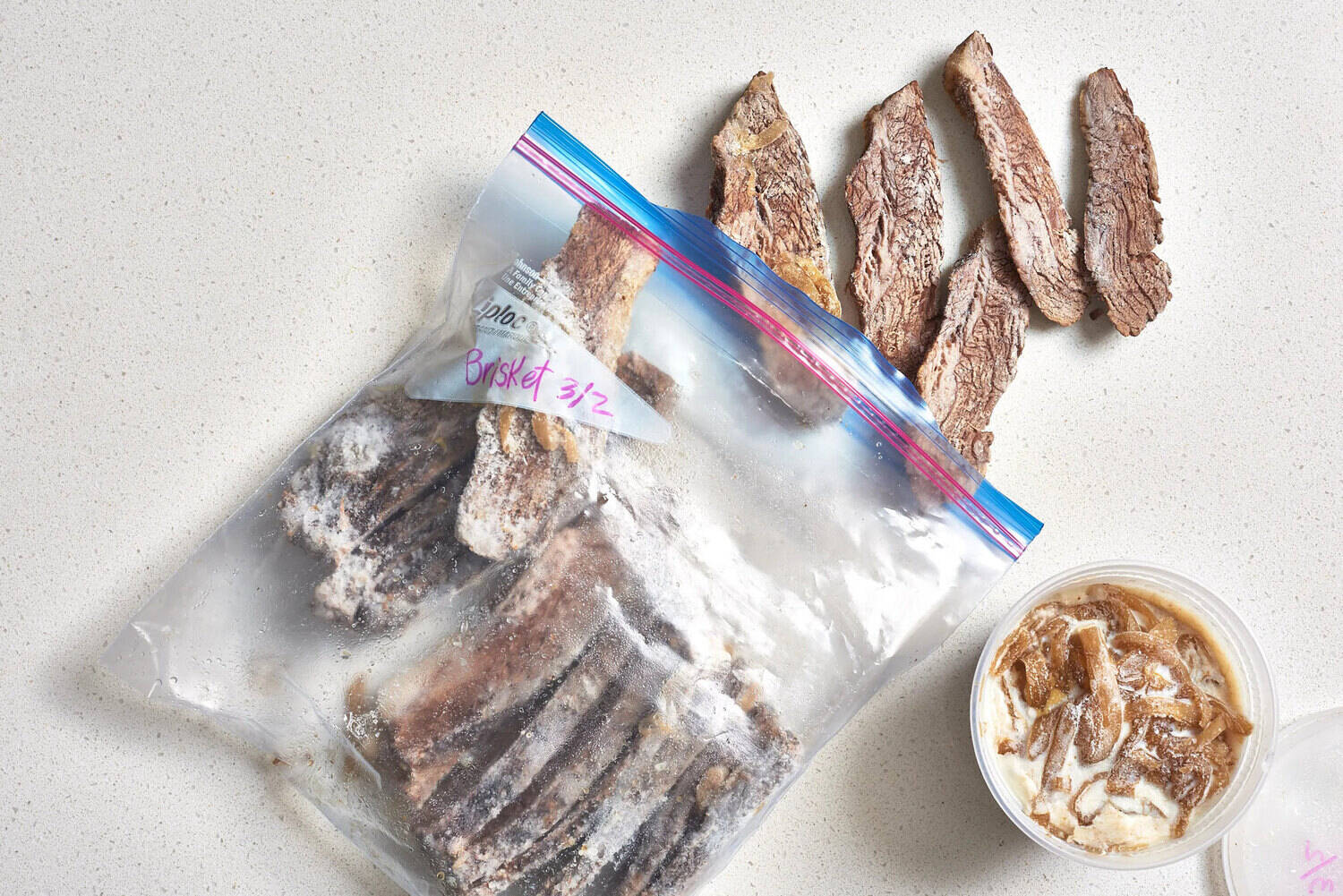

0 thoughts on “How To Store Leftover Fried Fish”